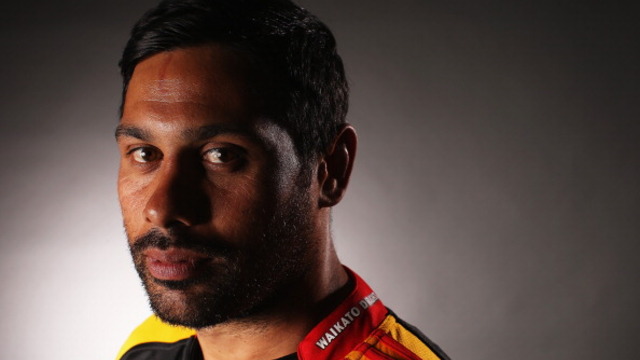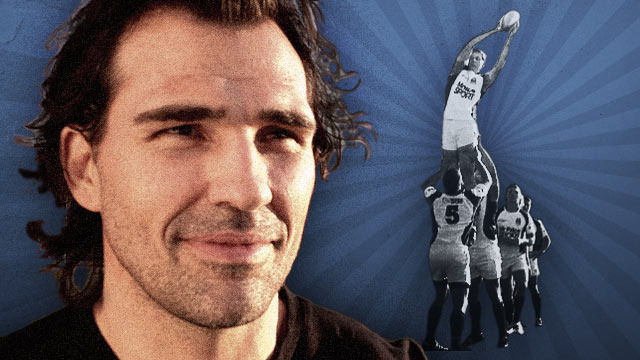There was a moment in the current Super Rugby Pacific season, about four weeks ago, where one those small but significant sea-changes in the shape of the game made itself known. The Hurricanes had just lost their captain and number 8 forward, the iconic Ardie Savea, to a one-match suspension.
The man they picked to replace him was neither a big body, nor an experienced eighth man like Reed Prinsep, but a promising 20-year-old who is a natural open-side. Peter Lakai is only six foot one inches tall and listed at 105 kilos, so he is no monstrous physical specimen. In fact, he is smaller than Ardie.
As Hurricanes head coach Jason Holland commented at the time of Lakai’s selection:
“He’s a special kid.
“He’s desperate to do well and gets better every day. I know those are a few clichés but that’s Pete, and that’s why he’s come to fruition pretty quickly. He’s training really well.
“Pete is a quality, quality carrier of the ball and he’s doing that in training, you see the dominance he has around any collisions. But he’s also a really smart footballer.”
At Lakai’s size, it is a combination of natural strength, speed and smarts that gets the job done in one of the two toughest ‘heavy’ ball-carrying positions on the field.
Lakai is typical of a growing trend in number 8 selection – or more accurately, the coaching view of what qualities are needed at the base of offensive scrums, regardless of the number on the jersey. In recent weeks, other natural flankers like Dalton Papali’i and Hugh Renton have been observed packing down at the back of the attacking set-piece.
Why? A big chunk of the reasoning is linked to the SRP law-trial at the scrum, where defending number 9’s are no longer allowed to advance beyond the midpoint of the set-piece. They cannot chase around to the base to spoil a number 8 pick-up, or a pass by their opposite number. If the defending half-back moves at all, he has to cycle backwards, towards his own goal-line.
With the half-back out of play, there is a premium on an attacking eighth man who can quickly clear the screen of opposing loose forwards, and that means acceleration and speed into his running, rather than pure size and power.
The basis for the theory was demonstrated in the recent encounter between the Highlanders and Hurricanes at the Forsyth-Barr Stadium. Hugh Renton had played most of his rugby at number 6 in his Super Rugby career prior to 2023, but he switched to number 8 against the Wellingtonians:

With Hurricanes’ scrum-half Cam Roigard required to retreat from the midpoint of the scrum, Renton has the acceleration from a standing start to run the wide arc which puts him beyond the reach of the Hurricanes loose forwards. The point-of-impact between Renton and Roigard occurs two metres from the goal-line and the number 8’s momentum is more than enough to carry him over the whitewash.
There is one caveat to this repositioning. Even with the defensive half-back out of play, the forward at the base needs the footballing skill to control the ball with his feet if the set-piece begins to shift:
The Hurricanes’ scrum begins to move forward in a straight line from another 5m starter, and if Ardie can keep control of the ball a pushover try, or even a penalty try must be the result. In the event the ball shoots out at the back and a clearcut opportunity is lost.
The shift of positions in the back-row also occurred in the quarter final of the Heineken Champion’s Cup played out between La Rochelle and Saracens, even though the SRP law-trial does not apply to northern hemisphere competitions.
Billy Vunipola has won 64 caps for England and has a global reputation as one of the heaviest and strongest ball-carrying number 8’s in the world. He is built like a tank and tips the scales at about 25 kilos more than the Saracens’ open-side Ben Earl, but it was Earl who the North London club slotted into number 8 at attacking scrums on the left side and in midfield:
Earl has the speed off the mark to run that wide arc and engage Tawera Kerr-Barlow, who has taken the long route around the back of the La Rochell defensive scrum. Big Billy is only brought into play on second phase, where he has a pleasant choice between running at an inside back or passing outside.
In this instance Vunipola chose the pass, later in the half he decided to run over the top of the defensive number 10 (Antoine Hastoy) with a pick-and-go by Maro Itoje taking play under the shadow of the home goal-posts on the following play:
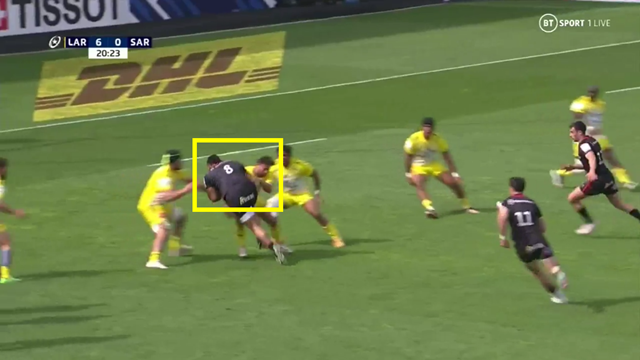
I fully expect the SRP law-trial at the scrum to be implemented world-wide in due course. It encourages attacking sides to use the set-piece as an attacking platform by removing the nuisance value of the defensive number 9 spoiling at the base.
Summary
If there is an upswing in the positive use of the ball from scrums, it will in all likelihood by accompanied by the employment of quicker, more dynamic players on the initial pick-up. They can clear the screen of loose forwards more efficiently and engage the defensive 9 on their own terms, while the heavier number 8 forward is reserved for action against the inside backs on the next phase. It is a small-but-significant shift towards a sunnier, more positive outlook for the game.
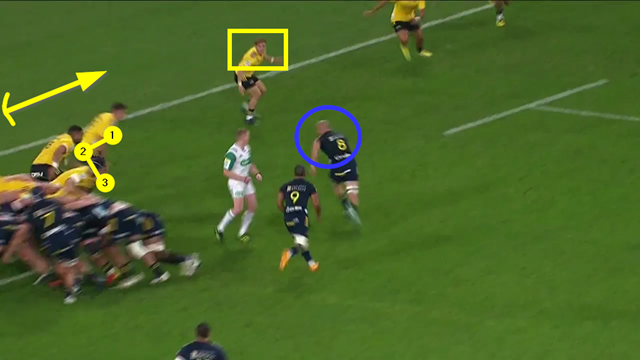




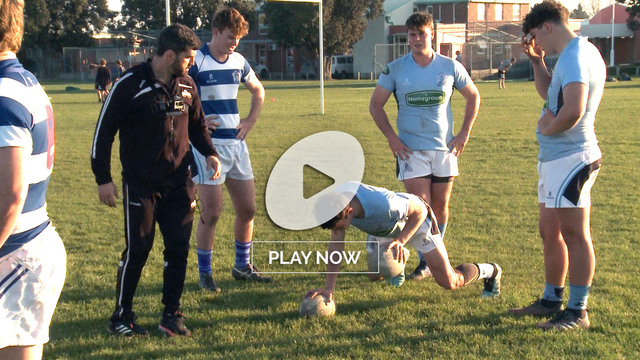
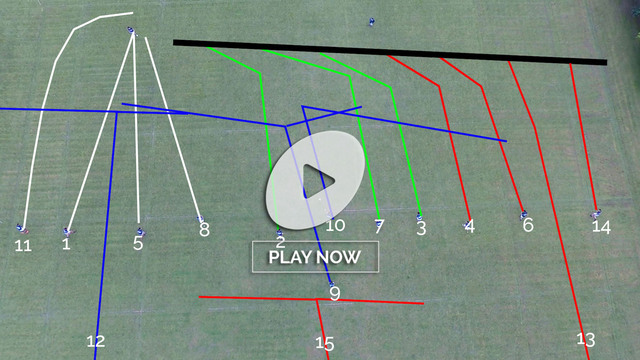
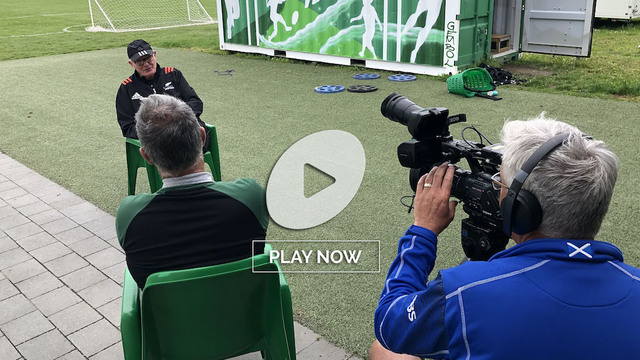
.jpg)
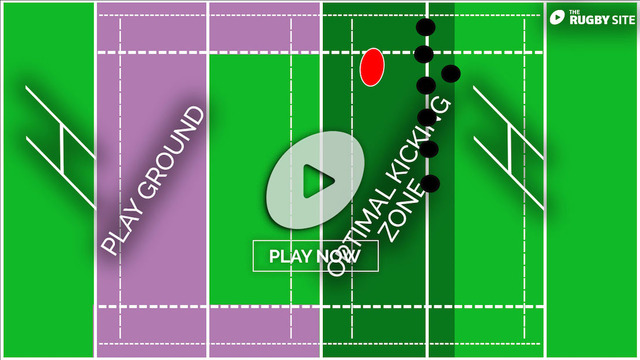
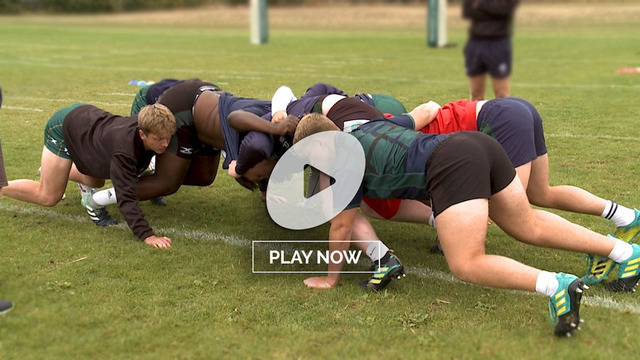
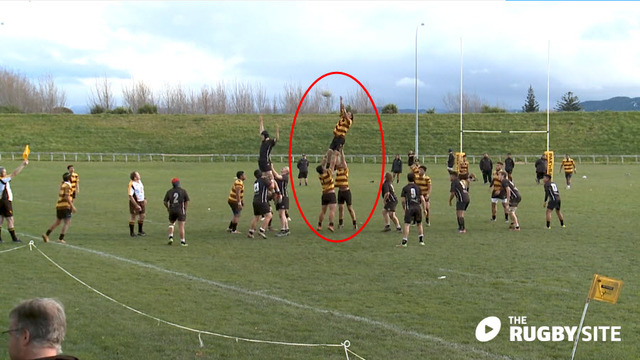
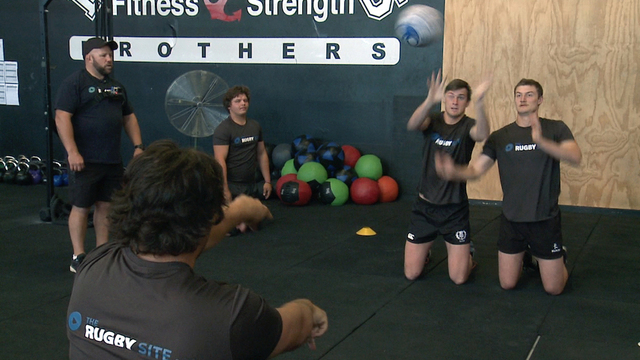
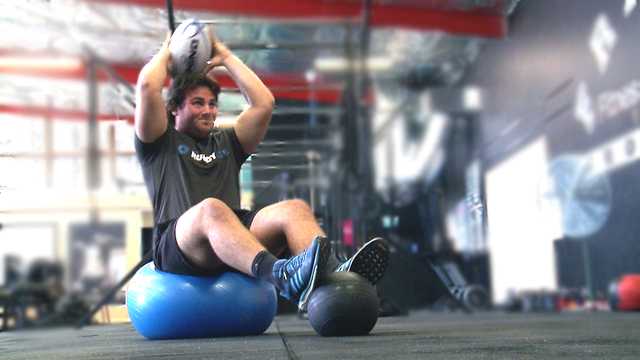
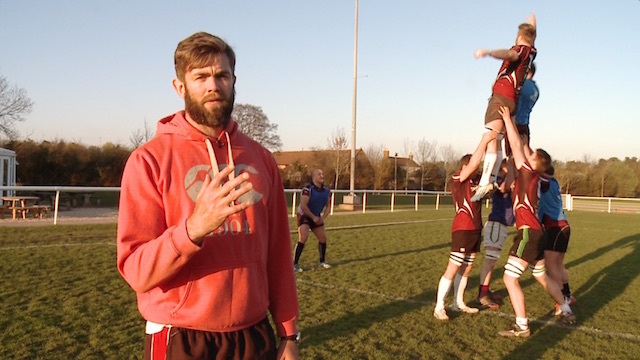
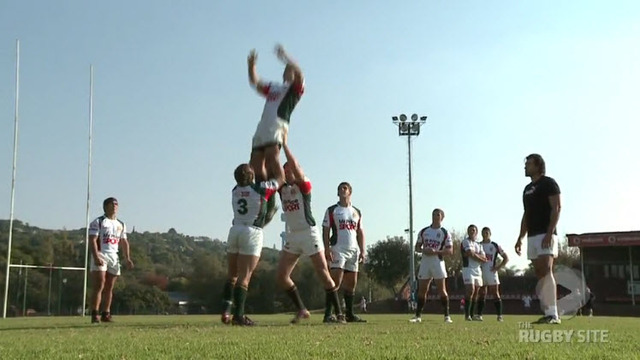
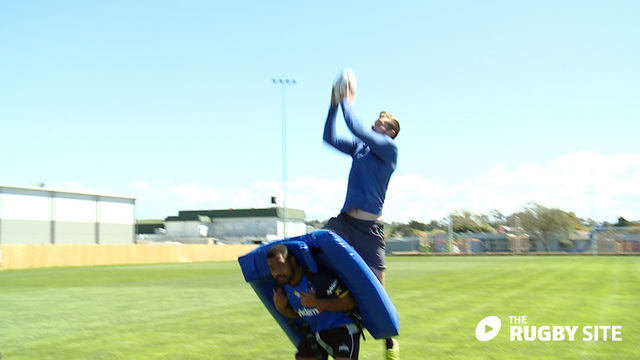
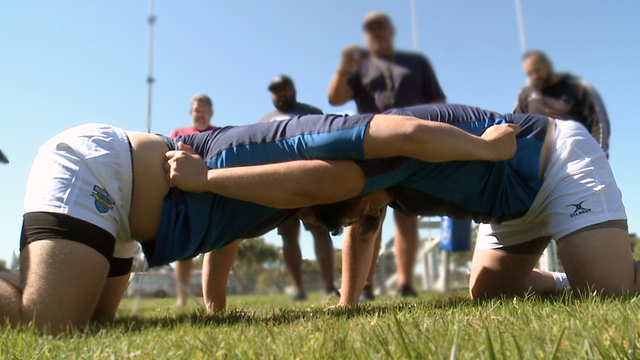
.jpg)
